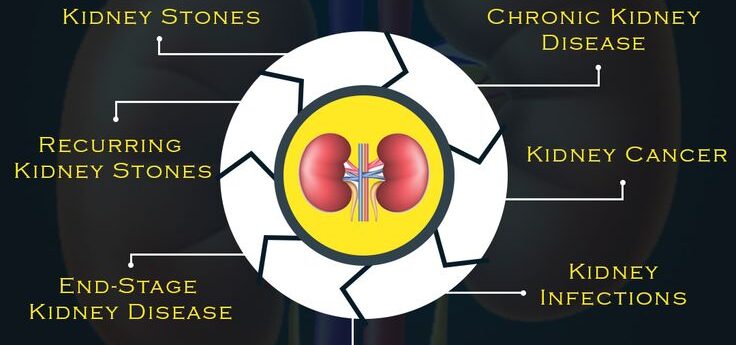Kidney transplantation has come a long way since its inception, transforming the lives of countless individuals suffering from renal failure. While significant progress has been made, challenges such as organ shortage, immunosuppression-related complications, and ethical considerations persist. Ongoing research and technological innovations offer hope

